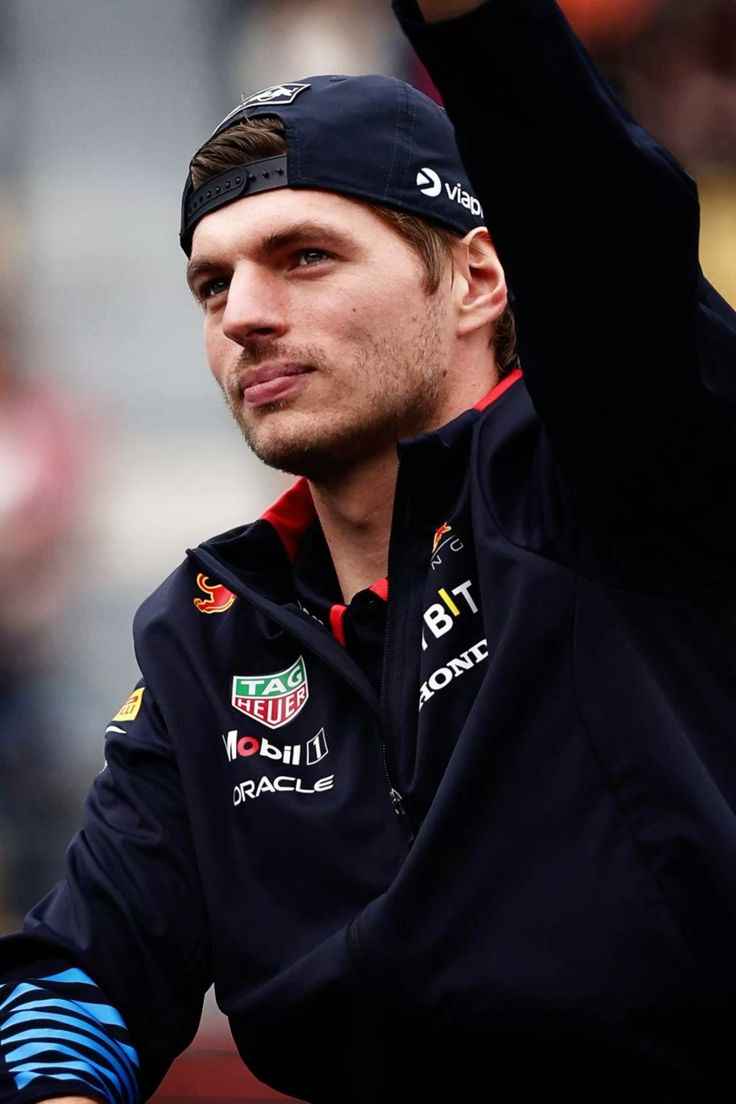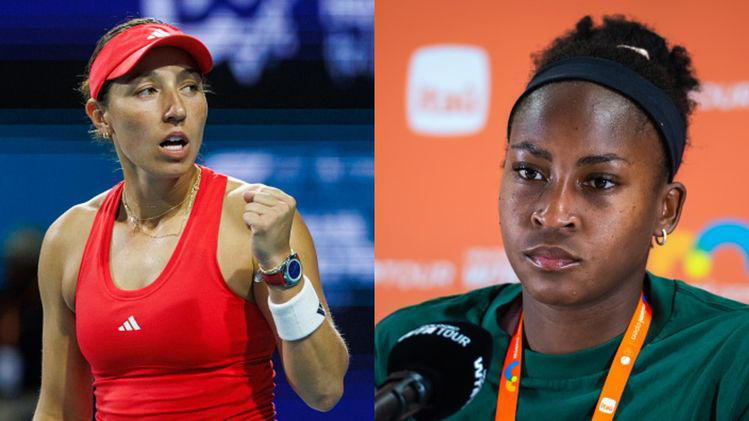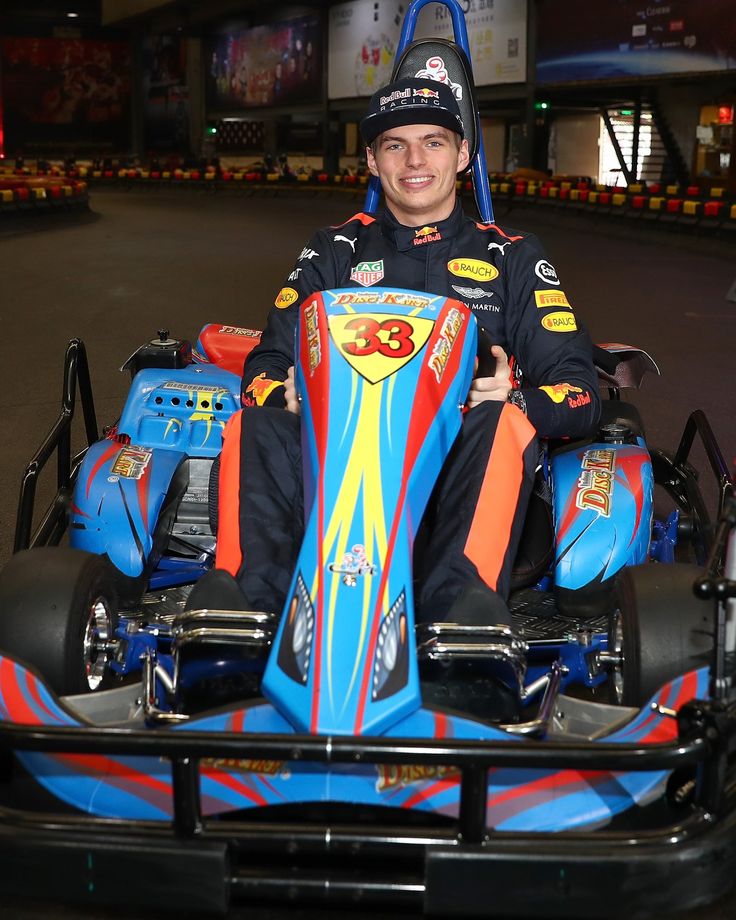Introduction: A Monaco Wake-Up Call

Formula 1 isn’t just a sport—it’s a high-octane ballet of precision, speed, and razor-thin margins. But even the world’s most elite drivers aren’t immune to danger when track conditions, regulations, and aggressive racing reach a boiling point. After the 2025 Monaco Grand Prix, three-time World Champion Max Verstappen issued a chilling warning that has rattled paddocks and fans alike:
“If nothing changes, we’re heading toward a big crash. It’s just a matter of time.”
This bold statement followed a race weekend marked by near-misses, risky overtakes, and split-second chaos that nearly turned Monaco’s tight corners into scenes of carnage.
But what really happened in Monte Carlo? Why is Max Verstappen sounding the alarm now? And what changes must F1 make before disaster strikes?
Let’s unpack the adrenaline-filled drama from the streets of Monaco—and why Verstappen’s words could be a defining moment for the sport’s safety future.
Body: Monaco’s Chaos & Verstappen’s Sobering Truth
1. What Happened at the Monaco Grand Prix?
The 2025 Monaco GP was business as usual in some ways: glitz, glamour, and the nearly-impossible-to-overtake circuit. But underneath the spectacle was a dangerous reality—a series of near-disasters.
- Carlos Sainz narrowly avoided contact with the barriers during an aggressive move on the opening lap.
- Lando Norris and Esteban Ocon came close to a high-speed collision during a risky pit-exit merge.
- Logan Sargeant brushed the wall in qualifying, missing a major crash by inches.
- And Max Verstappen himself faced a close call at the infamous Fairmont Hairpin, avoiding contact with a twitch of the wheel and a bit of luck.
Each incident, while minor in isolation, painted a disturbing picture. In a circuit known for its tight layout, minimal runoff zones, and zero room for error, Monaco in 2025 flirted with catastrophe.
2. What Did Max Verstappen Say Exactly?
In the post-race press conference, Verstappen didn’t mince words:
“The drivers are taking more and more risks because overtaking is almost impossible here. It’s turning into a lottery, and one day, someone’s going to end up in the wall at full speed.”
He expressed concern about:
- Overly aggressive defensive driving
- Lack of reform in track safety layout
- Growing impatience among mid-field drivers
His most ominous quote?
“We’re not learning. We’re just getting lucky—so far.”
3. Why Is This Warning So Critical Now?
Max Verstappen’s warning echoes a deeper tension simmering in Formula 1:
- Increased parity among teams means closer racing, but also more desperate moves.
- Younger, hungrier drivers are willing to risk it all to climb the ranks.
- Track designs like Monaco have remained largely unchanged despite advances in car speed and aerodynamics.
Even though the FIA has implemented safety measures in recent years—like the halo, stronger crash structures, and mandatory tire barriers—urban tracks like Monaco still pose significant risks due to tight corners and limited runoff areas.
4. Is Monaco Outdated for Modern F1 Cars?
A frequently asked question among fans and analysts is:
“Should Monaco still be on the F1 calendar?”
It’s a fair point. Today’s F1 cars are wider, longer, and faster than ever. While that makes for epic racing on purpose-built circuits like Silverstone or Spa, it turns Monaco into a traffic jam with billion-dollar vehicles.
Let’s break down the numbers:
| Metric | 1995 Car | 2025 Car |
|---|---|---|
| Car Width | 1.8 m | 2.0 m |
| Car Length | ~4.5 m | ~5.5 m |
| Avg. Lap Speed (Monaco) | 145 km/h | 172 km/h |
| Overtakes in 2025 Race | 5 | (Lowest on record) |
Monaco is a relic of a different racing era. Its charm is undeniable—but so is its incompatibility with modern F1 machinery.
5. What’s Driving the Risky Behavior?
According to Verstappen and other insiders, it comes down to frustration, ambition, and lack of options. Here’s what’s happening behind the wheel:
- Frustrated Midfield Teams: With limited overtaking zones, teams in P7–P12 feel they need to “make something happen” with audacious strategies and daring moves.
- Qualifying Pressure: Grid position at Monaco is more important than race pace. This increases desperation in Q1 and Q2 sessions, leading to reckless moments.
- Points Equality: With the top 10 scoring points, there’s little room for playing it safe. Every move counts—and risks are multiplied.
In Verstappen’s words:
“It’s a perfect storm. The cars are too big, the track’s too narrow, and everyone wants the same tiny space at the same time.”
6. What Can Be Done?
Here are the five key solutions Verstappen and other F1 veterans have hinted at to avoid the “big crash”:
1. Redesign Critical Sections of Monaco
Though space is limited, expanding chicanes or slightly altering key turns (like Sainte Devote or the Hairpin) could reduce risk without sacrificing Monaco’s DNA.
2. Mandate Race-Weekend Driving Guidelines
Introduce stricter race-day rules on defensive maneuvers and pit-lane reentries—particularly for street circuits.
3. Implement Reverse-Grid Sprint Qualifying
Spice up Saturdays with reverse grids to create a more natural overtaking shuffle and reduce Q1 chaos.
4. Reduce Car Dimensions for Street Circuits
Could F1 mandate slimmer, shorter car specs for races like Monaco, Singapore, or Las Vegas? Verstappen thinks it’s worth discussing.
5. Driver Briefings with Stricter Penalties
Ensure every incident is reviewed with consistency. Establish real consequences for endangering fellow drivers.
Conclusion: F1’s Safety Clock is Ticking
Max Verstappen’s warning isn’t just an emotional reaction. It’s a strategic call to action for Formula 1 leadership, teams, and fans.
As F1 continues its push for global dominance—with races in glamorous cities and cars pushing technological limits—it cannot afford to ignore the elephant in the pit lane: outdated tracks with 21st-century cars and gladiator-style driving are a recipe for disaster.
It’s not about stripping Monaco of its magic. It’s about evolving it to protect the very drivers who make F1 the spectacle it is.
If Max Verstappen—known for his composure, talent, and competitiveness—says we’re on the brink of a catastrophic crash, the sport must listen. Because the next near-miss may not be a miss at all.


